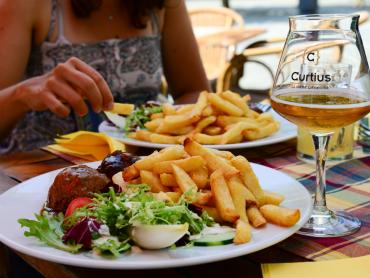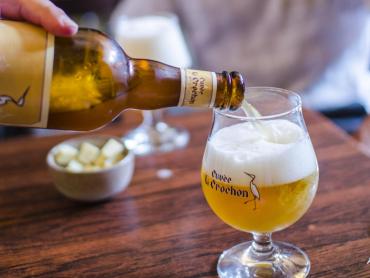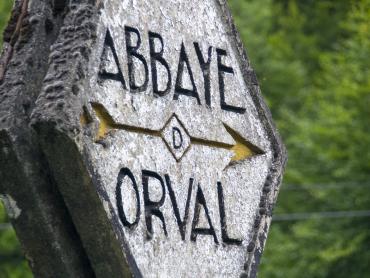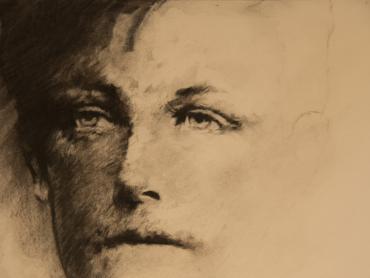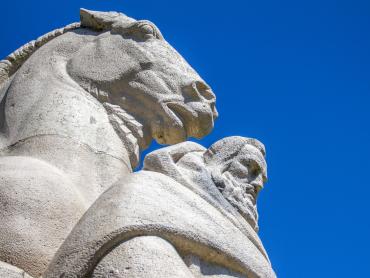Godinne (Godinne )
Dans une boucle de la Meuse, le village s'établit sur la rive droite en pente douce face au versant abrupt du 'panorama des 7 Meuses'. Le site vaut surtout par le groupement remarquable au bord du fleuve de l'église, du château et d'une grosse ferme - La Vieille Ferme, l'église et le Prieuré -. Le reste du village en calcaire, grès et brique est structuré par le chemin de fer qui le coupe en 2, et par les développements linéaires récents.
L'ancienne seigneurie de Godinne englobait autrefois Mont et Rivière.
Une scission se produisit : Florent de Waha hérita de la rive droite, et Vincent d'Harscamp de la rive gauche. Depuis lors, Mont et Godinne ont uni leurs destinées avec Yvoir.
À Godinne
A - Mooring Station Voir sur la carte
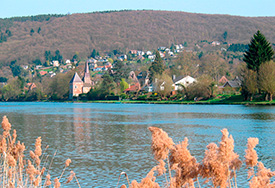
Godinne developed in a meander of the Meuse, obn the right bank of the river.
The mooring station on the left bank, 31.725 cumulative will permit you to discover the place.
A church, a priory and one imposig farm surrounded by an enclosure flanked with a corner tower, the castle, built in the 16th century with bricks and limestones.
As ornithological reserves, they are an ideal life place for many species of birds sometines rare such as the crested grebe or the kingfisher.
Some other species take refuge there for the winter period. Maybe you will have the opportunity to observe some of them.
À Godinne
B - Panorama of the Seven Meuses Voir sur la carte
Opposite Godinne, at the summit of a steep slope, enjoy the Panorama of the Seven Meuses. This beauty spot is so named because from this overhanging point, seven bends of the Meuse can be seen.
À Godinne
C - The Al Faulx rock and its Calvary sculpture, “Le Vieux Bon Dieu” Voir sur la carte
The gallows of the jurisdiction of Poilvache and a gibbet from which criminals and highwaymen were hanged once stood there. A cross was erected there, seeming to beg pardon from heaven for the victims who died there.
À Godinne
D - The castle, called “priory” Voir sur la carte
Residence probably built by Henry de Wieldre (1501- ca 1581), provost of Poilvache and 'founder' of the Church.
It was redeveloped in keeping with the times in the 18th and the 19th century. The castle stands out with its terraced gable. It was the residence of the lords of Godinne, whose coats of arms can be seen at various points.



